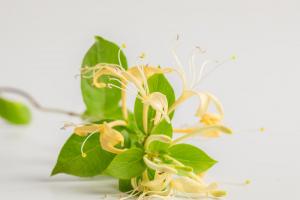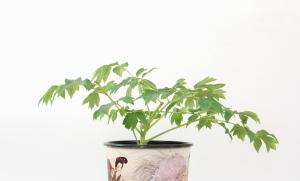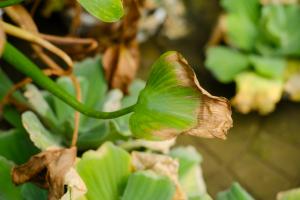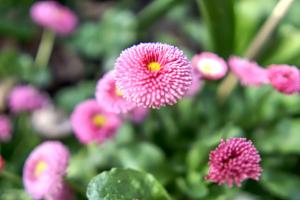What Plants and Trees Live in Death Valley National Park
Death Valley National Park is a place of extremes, with scorching temperatures, rugged landscapes, and diverse wildlife. Despite its harsh conditions, this park is home to a surprising variety of vegetation. In this article, we will explore some of the plants and trees that call Death Valley National Park their home.
The Joshua Tree
One of the most recognizable trees in Death Valley National Park is the Joshua tree. These trees are named after the biblical figure Joshua, as they appear to be reaching their arms to the sky in supplication. Joshua trees are a symbol of the Mojave Desert and are found throughout this region, including in Death Valley. They can reach up to 40 feet tall and have a lifespan of up to 150 years!
Desert Wildflowers
Despite its arid conditions, Death Valley National Park is home to a variety of colorful wildflowers. In the spring months, the park comes alive with a carpet of yellow, orange, and purple blooms. Some of the most popular wildflowers in the park include the desert gold, desert five-spot, and the spectacularly named ratany. Visitors can take guided tours to some of the best wildflower viewing spots in the park.
The Mesquite Tree
The mesquite tree is a common sight in Death Valley National Park. These trees are known for their twisted trunks and expansive root systems, which allow them to survive in the harsh desert environment. Mesquite trees can grow up to 30 feet tall and have been used by humans for centuries as a source of food and fuel.
The Creosote Bush
The creosote bush is another plant that thrives in the desert conditions of Death Valley National Park. These bushy plants have small, waxy leaves that help them retain moisture in the arid environment. The creosote bush is also known for its pungent scent, which is said to be similar to the smell of creosote oil. Despite its strong odor, this plant is an important part of the desert ecosystem, providing shelter and food for a variety of animals.
The Saltbush
The saltbush is a shrub-like plant that is native to the deserts of North America. It thrives in the salty soils of Death Valley National Park and is an important source of food for many desert animals. The leaves of the saltbush are covered in tiny hairs that help to reduce water loss through transpiration. This plant is a great example of how life has adapted to the tough conditions of the desert.
The Cactus
No desert landscape would be complete without the iconic cactus plant. Death Valley National Park is home to a variety of cactus species, including the barrel cactus, the cholla cactus, and the prickly pear cactus. These plants are adapted to survive in the extreme temperatures of the desert and are important sources of food and water for many desert animals. Visitors to the park should be cautious when exploring the areas around cactus plants, as they can be quite sharp!
Conclusion
Despite its name, Death Valley National Park is full of life. The plants and trees that call this place their home have adapted to some of the harshest conditions on earth, creating a unique and fascinating ecosystem. Visitors to the park should take the time to explore the flora of the park, from the iconic Joshua trees to the delicate wildflowers.

 how many times do yo...
how many times do yo... how many planted tre...
how many planted tre... how many pine trees ...
how many pine trees ... how many pecan trees...
how many pecan trees... how many plants comp...
how many plants comp... how many plants can ...
how many plants can ... how many plants and ...
how many plants and ... how many pepper plan...
how many pepper plan...





























